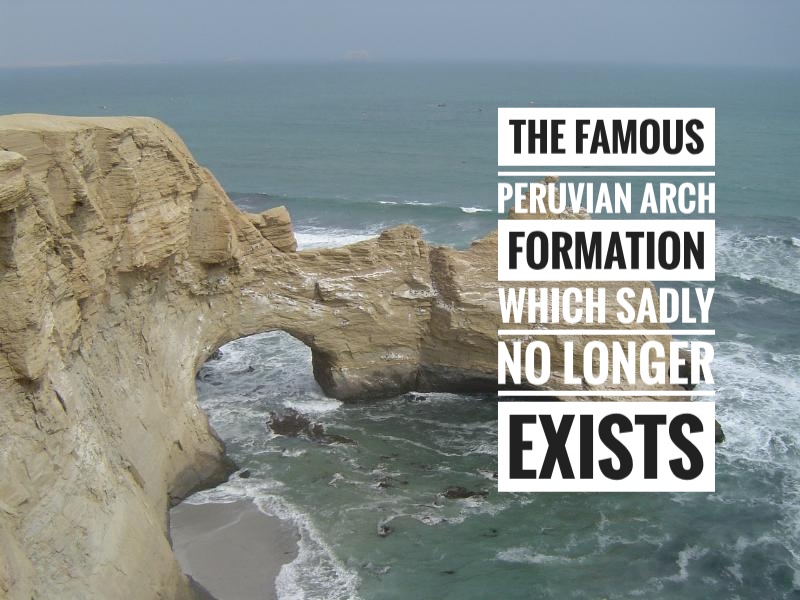

Paracas National Reserve
After visiting the Ballestas Islands (Islas Ballestas in Spanish) or what is commonly known as the Poor Man’s Galapagos we continued to the Paracas National Reserve along the Peruvian pacific coast, which is located in the Paracas District of the Pisco Province in the Ica Region. This Peruvian Reserve was established in 1975 to protect not only the marine wildlife and habitats of the area which also includes the tropical desert, but also to

protect the prehistoric sites of the Paracas culture and to preserve the cultural heritage of the ancient indigenous people of this area of Peru. The Paracas National Reserve is the oldest marine reserve in Peru and includes the coastal areas along with the desert and miles of coastal waters including the Bahía de la Independencia or Independence Bay to protect the large variety of wildlife species that live in the water, in the air and on the land! There are so many species of birds concentrated in the reserve that it is considered the largest concentration of birds on earth!
Flamingos were the inspiration for Peru’s Flag
As we were driving to our first destination, you can easily see large groups of birds off in the distance relaxing by the

watering holes. One group of birds that stood out to me were the pink flamingos! We stopped at the first lookout point where there were thousands of them out in the distance of the salt fields. Our guide told us the story of how Peru’s flag was born from Jose de la San Martin, who was a Peruvian Liberator and witnessed a large flock of flamingos flying above him through the sky and he noticed the massive wingspan of the flamingos and the color of their wings which

were red on the outside and the body underneath was white. He witnessed that they were free and flying and thought this would be a good representation of Peru’s Independence so that is why the Peruvian flag is red and white.
Rock Formation El Catedral
Our second stop was El Catedral arch (the Cathedral in English) and I must remind you that I visited the Paracas National Reserve in 2004 so the Cathedral arch could still be viewed in it’s perfect natural beauty. It is a famous rock

formation which no longer looks like this unfortunately as it’s principle arch was destroyed in a 2007 earthquake so luckily was was able to take these photos prior to that happening. It’s a shame the earthquake caused the arch to collapse, but the stunning and jagged pacific coastline of the Paracas National Reserve is still impressive to look at!

The Paracas Peninsula and the Candelabro
The Paracas National Reserve also has many other locations to visit as it is such a massive area. One in particular is the Paracas Peninsula. If you want to see red sand beaches, you can visit the Bahia Lagunillas because it is surrounded by red sand beaches. This occurs from the erosion of the rocks by the water

against the cliffs and hillsides of the Paracas Peninsula, as they are made up of the red tinted porphyry rocks. You can also visit El Candelabro on the Paracas Peninsula above the cliffs. It is a large geoglyph that is about 150m high and 50m wide, that has been etched into the desert hillside in the shape of a candelabra or a large branched candlestick and is believed to date back to the Paracas culture about 200 BCE. You would actually see this on a boat tour of the Ballestas Islands instead of the Paracas National Reserve at is easily seen from the ocean.

After stopping for lunch at a local destination next to a small beach and harbor we made our way back to Pisco for the evening. While walking around Pisco in the evening, I witnessed a funeral procession that started at one of the local churches and ended in a local cemetery. It had to be a well known individual as many people from the town came to celebrate the person’s life.

It was an eventful day both in Pisco and visiting the Paracas National Reserve. Make sure to add the Paracas National Reserve to your destination list when you visit Peru as this is one of the many treasures of traveling throughout the Peruvian countryside!





















Take a look at the map below to discover where Paracas National Reserve is located!
Pin me!
Like this article? Then Pin me so other travelers can find it!

